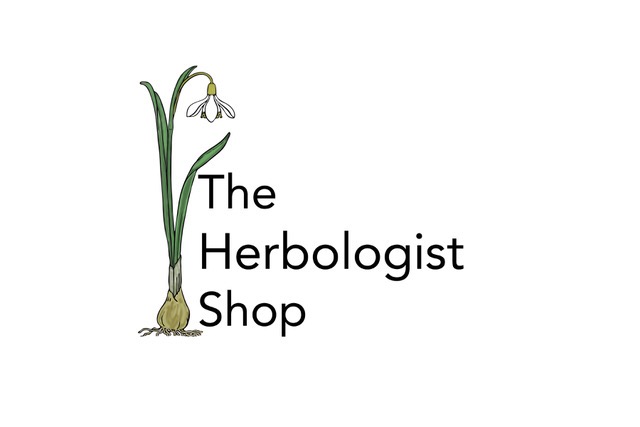Nettle's Love is worth the Sting
- jodyehp

- Aug 19, 2020
- 2 min read

Stinging Nettle is a vivacious plant and has a long history of helping whoever isn't afraid to get past its defenses. Nettle's hollow hairs on the leaves and stems hold irritating chemicals, which get released when the plant comes into contact with skin. These tiny barbs inject compounds that can cause rashes, hives and itchiness. It is rare but there have been reports of severe allergic reactions. When harvesting fresh nettle, it is important to wear gloves, long sleeves and thick pants. Once the nettle has been cut the hairs dry up and can cause no harm. The leaves and stems can then be used to create teas, tinctures or mixed in a number of culinary recipes.
In medieval Europe, nettle was used as a diuretic and helped those with joint pain. Its list of uses increased as time went on and people found it also good for eczema, hay fever, tendonitis and insect bites. Nettle is mineral rich and high in calcium, iron, magnesium, phosphorus, potassium and sodium. It contains all of the essential amino acids, polyphenols and vitamins A, C, K, as well as several B vitamins. This leafy green is packed with nutrients that act as antioxidants within our bodies helping us fight against colds and flu. Its anti-inflammatory abilities also keep chronic disorders at bay. Studies have also indicated that it may lower blood sugar and blood pressure.
To many, stinging nettle may appear to be just another weed but as you can see from the list of benefits, it should be appreciated as much more than that. I love using nettle in my blends because it adds more complexity to them. We can all use extra minerals these days! So if you are need of a little love without the sting, pick up some nettle tea. It's tasty and will serve you well!
Take good care ~ Jody



Comments